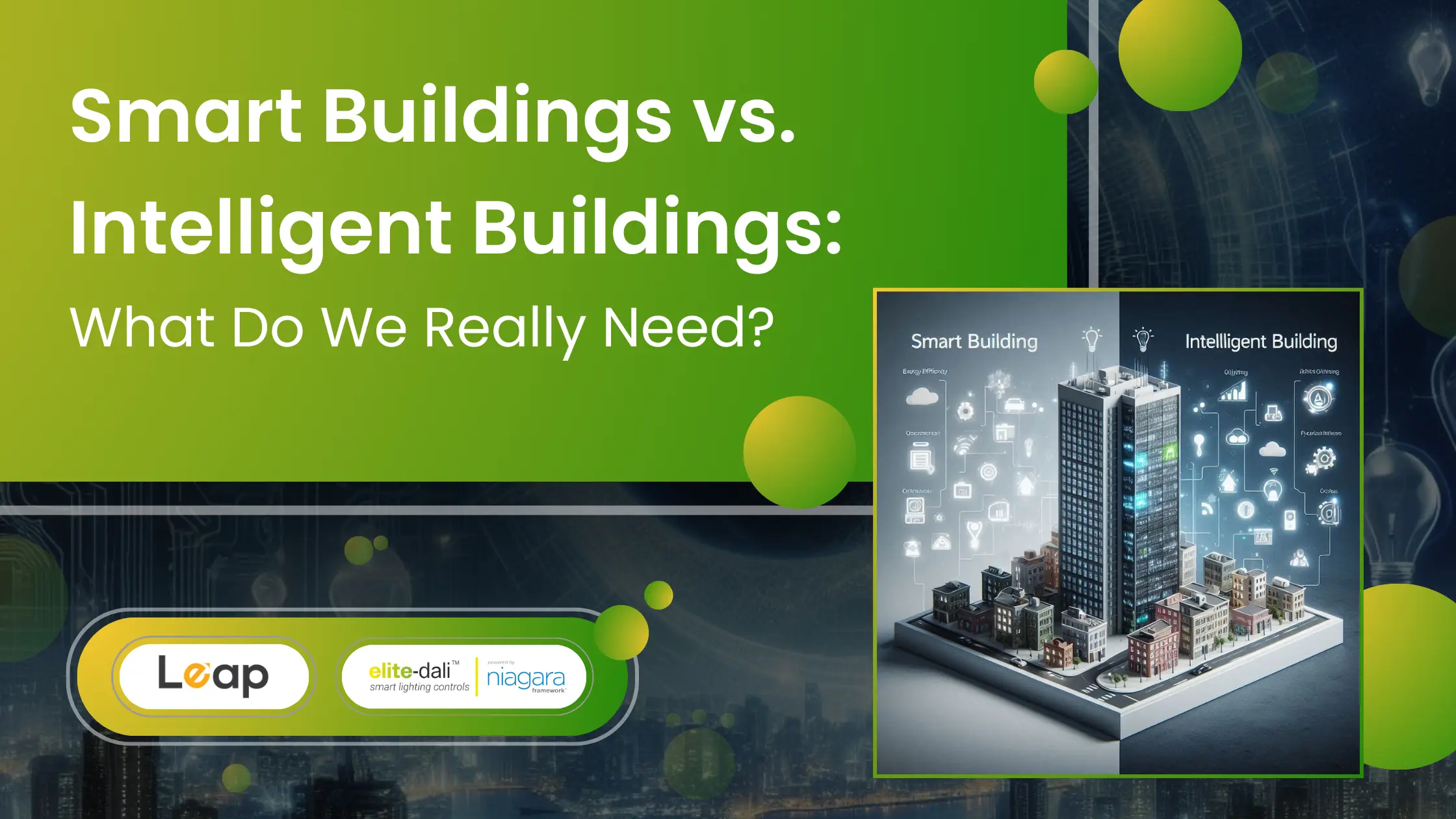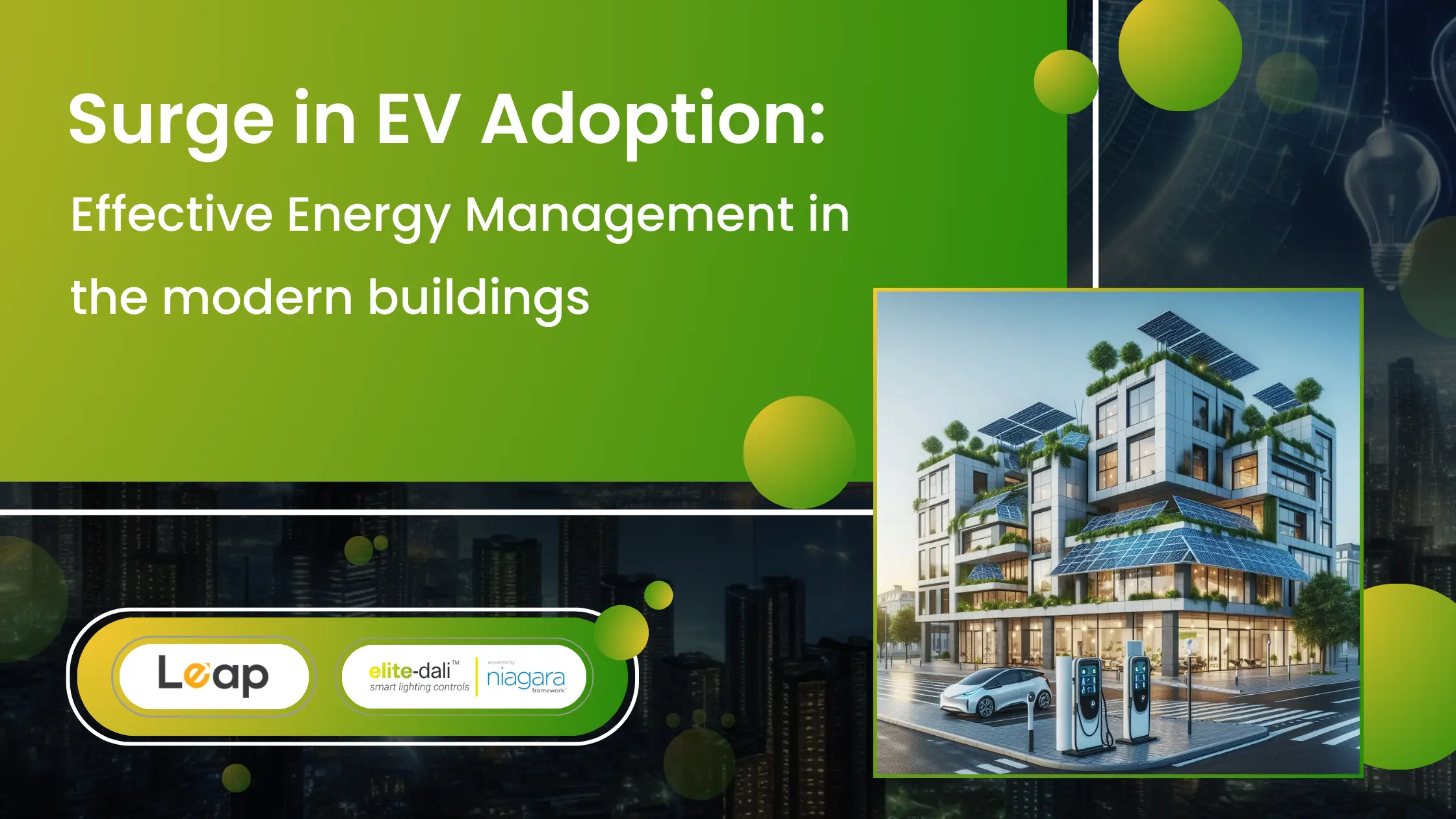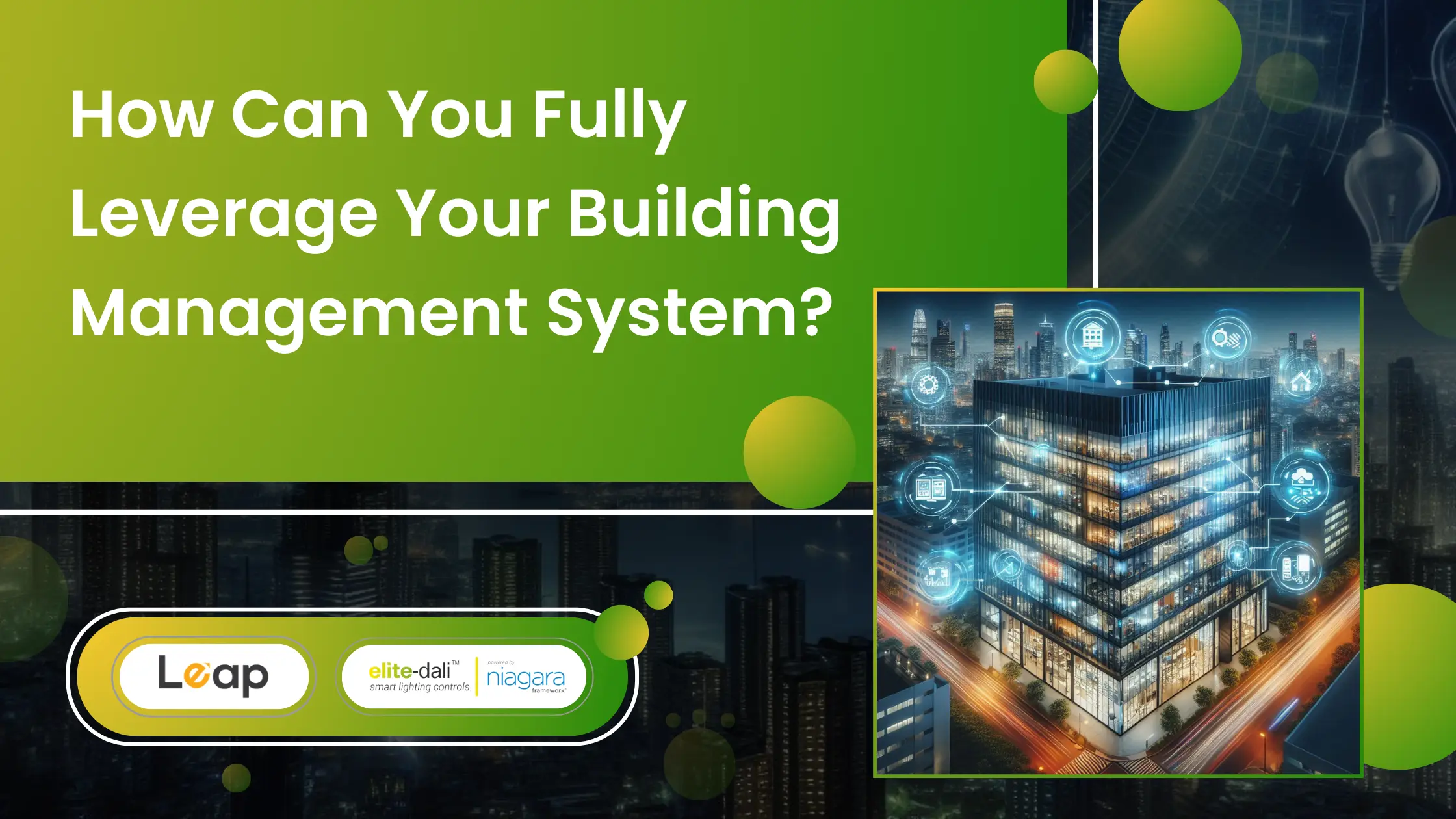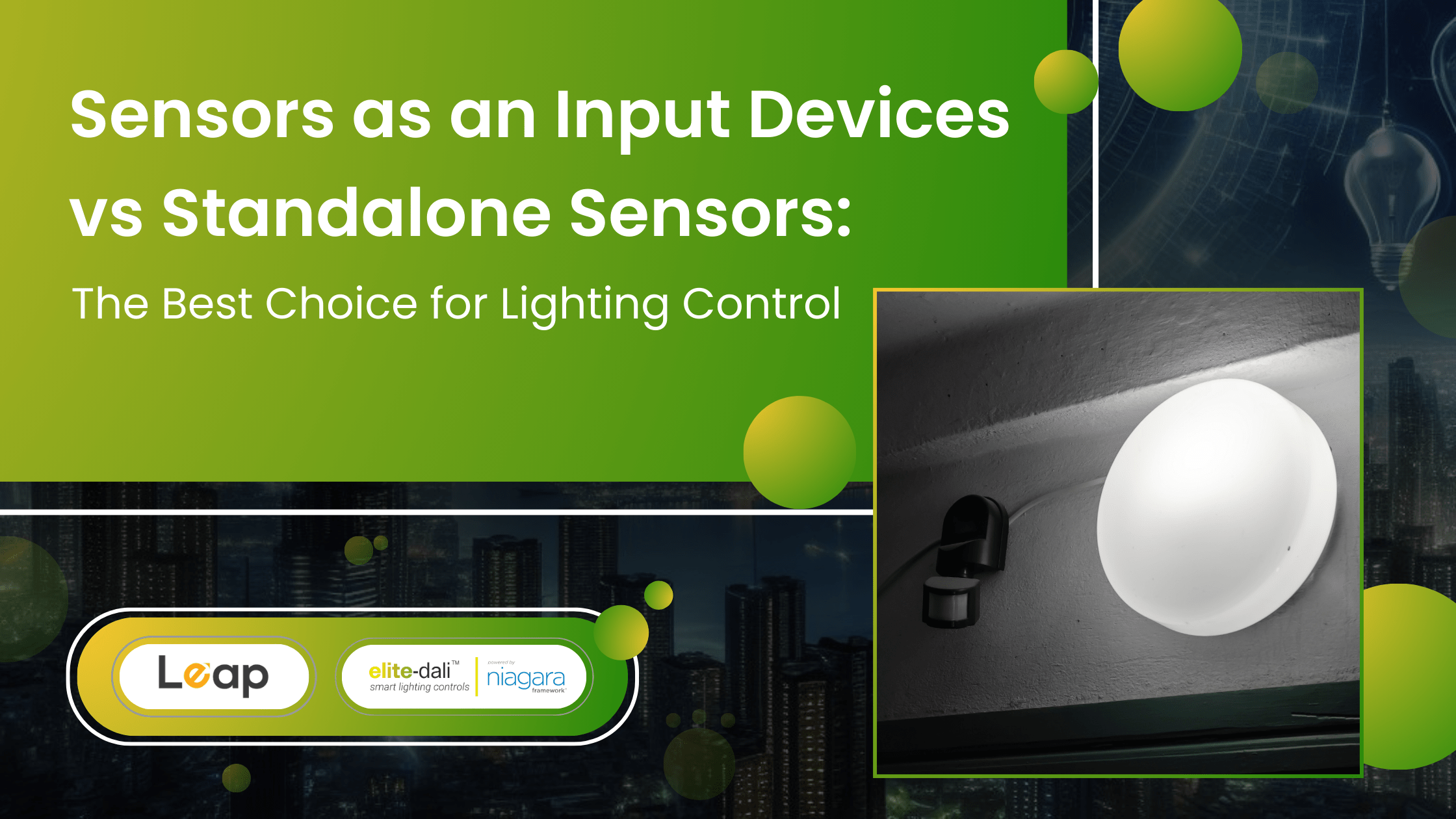Which is the Best Lighting Control System?
It’s not long since stand-alone lighting controls revolutionized residential and commercial lighting. With an ability to customize the intensity and color of lights as per the mood preferences, these lighting controls made their way to almost every commercial building out there.
However, the advent of networked lighting controls made the stand-alone concept seem a thing of the past. As the name suggests, networked lighting controls are a cluster of multiple stand-alone systems that can be controlled from a central point within the same network. In such controls, the output of one device serves as the input for the other, and such a communication between the lighting controls results in a new level of functionality.
The discussion leads us to a common question – “which is the best lighting control system?”
How would you know if a lighting control system is right for your facilities? To put simply, what are the characteristics of a lighting control system that makes it a perfect choice for people?
Read on to find out!
1. Occupancy and time-based light scheduling
The best lighting control system includes a framework that allows users to schedule their lights. Time based scheduling enables facility managers to schedule turning lights on and off on a set time. For example, in a commercial building, the lights can be scheduled to automatically turn on at 7 AM when the first person arrives at the office and turn off at 8 PM when everyone leaves the building.
Similarly, occupancy sensors in lighting control systems can sense the presence of a person in a particular space and turn the lights ON/OFF or adjust the intensity of lights accordingly.
2. Supplementing artificial light with daylight
One of the must-have characteristics of a lighting control system is its ability to save energy as much as possible. Ideal systems are equipped with daylight harvesting technology which automatically adjust the intensity or brightness of lights in an area which has sufficient amount of natural light entering inside.
For example, during the peak daylight hours, buildings or homes capture enough light from nature through windows and skylights. In such a scenario, the brightness of lamps, bulbs, or any kind of luminaires in that space can be reduced to minimum or even zero to avoid unnecessary usage.
3. Tuning lights based on specific tasks
While such a feature is popular in commercial buildings, many sophisticated residential spaces are also inclined towards it. Some of the best lighting control systems allow users or building managers to adjust lights according to different tasks that require a specific ambience for the people to complete it.
Task tuning is commonly used in warehouses, industries, or workplaces that involve certain types of manufacturing, packaging, or other similar tasks. Such activities need a specific amount of light for the staff for better performance and productivity. You can also adjust the temperature of the light considering the task at hand.
4. Asset tracking with sensors
With advanced lighting control systems, it is now easier to manage your assets in any workspace. Whether it is a commercial building, office premises, a warehouse, or a healthcare facility, asset tracking allows you to keep an eye on specific items from the control system.
In such a system, sensors are added to the items which need to be found immediately or are imperative for the organization. These sensors respond to the lights overhead and can be tracked easily from the central lighting controller. Asset tracking has various applications; however, it is beneficial in hospitals, airports, or warehouses to find wheelchairs or inventory items immediately.
5. Ability to integrate with other systems
The best lighting control systems are now available with the ability to integrate with other building systems like HVAC. Earlier, the buildings used to manage their lighting and HVAC systems separately. The consequences were not limited to significant energy consumption, expenditure, complex wiring, and low performance.
However, lighting control systems that can integrate with HVAC to provide a single automation system for the occupants cut down on costs, energy consumption, and other complexities in operating a building’s several components. These components include refrigeration, security, alarms, audio/visual systems, etc. which communicate with one another to provide a central control over the entire building management system to the building managers.
6. Streamlining maintenance with monitoring
A lighting control system that offers monitoring capabilities to the occupants or building managers is easy to track and maintain the lighting controls installed in a building. It gives a detailed report on the equipment being used, their performance, issues occurred, and servicing required for their maintenance. The system sends email or text notifications to alarm the managers about certain problems that require immediate assistance.
Moreover, the managers can divide the operations and the type of notifications between multiple volunteers and effectively control a building management system. Such a process improves productivity, reduces the overhead, and avoids unwanted chaos.
The bottom line
The best lighting control system is the one that caters to the needs of all the occupants while reducing the associated costs, energy consumption, and effort required to manage a building.
At elitedali, we understand the problems associated with managing individual lighting fixtures or stand-alone systems. Therefore, we provide system integrators, development partners, building owners and facility managers with the ability to integrate their existing systems with DALI-powered lighting controls. Such controls offer enhanced flexibility and control over your lighting so you can literally “talk” to your lights.








